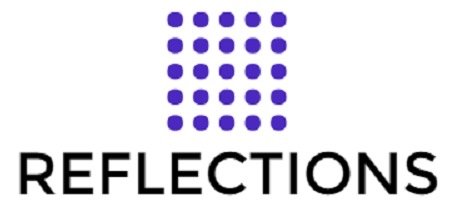I Loved this Book
Book Cover: A More Perfect Union, a Novel
I Loved this Book
Racial justice and learning the history of racism in the United States are important issues for me and many of my friends. After struggling with history classes in school, I’ve learned as an adult that history can be engaging when approached in the right way. To me, one of the best ways to understand history is through historical fiction, which provides the opportunity to share the experiences and feelings of the characters.
A More Perfect Union by Tammye Huf, published in 2020, is a love story between an enslaved house maid, who also cares for the master’s son, and a traveling blacksmith, newly arrived from Ireland. The story was inspired by the author’s discovery that her own great great grandparents were of different races, at a time when marriages between people of different races were illegal. Details about her ancestors were scarce, so the book became a novel based on extensive research of the time and place where they lived.
The story is exciting and suspenseful because the author vividly portrays the hardships of both Irish immigrants and the enslaved, and the many obstacles faced by a couple wanting time together and a chance to live freely as husband and wife.
There are several features of this book that anyone who struggles to follow a complicated story line will really like. The front of the book contains a map of the geography of the area and a diagram of the lay-out of the plantation, where most of the story occurs. Each section of the book begins with a clear statement of time, beginning with July 1848 and ending with March 1850. There’s no jumping back and forth in time or place. There are three main characters, and each chapter is from the perspective of one of them, a small enough number that it is easy to follow the plot. There are also many other characters that are developed as complex individuals with both admirable and unfortunate character traits, all of them believable as representatives of that time and way of life.
The chapters are short, making it easy to pick the book up and put it down as time allows, but there is suspense in each chapter, creating an incentive to get back to the book at the next opportunity.
Finally, I appreciate the many details which create as accurate a view of plantation life and the institution of slavery as could reasonably be incorporated into a 340-page novel. The brutality of slave auctions, beatings by overseers, breaking up of families, violence toward runaways, and sexual coercion of women are present throughout the book but not dwelled on. It’s a story of love overcoming incredible challenges.
Given their many hardships, I worried about the survival of the main characters, but then I’d remind myself that they were the ancestors of the author, so they had to survive somehow. That thought made it easier to get through some of the more frightening scenes of the book.
I’m fairly confident that there were no enslaved people or slaveowners in my American ancestry but I did have a great grandfather who, according to family lore, came from Ireland in the 1800’s. I have also visited Ireland and learned of the hardships experienced during the potato famine years (1845-1852), so there is a bit of my family history illustrated by this story.
Finally, I appreciate the presence of an Underground Railroad participant in the novel, whose bravery and dedication to aid emancipation provides a reminder that no matter how many bad things may be happening, there are always some people of good character who are willing to risk their own well-being to help others.
For those of you participating in a book club, you might also be happy to find 15 study questions in the back of the book and a Q & A section with the author.
Note: I have several other blog posts about books: The Joy and Dread of Book Group Membership, Understanding and Fighting Racism, and Family Secrets – Family Wisdom. In addition, my Parents as Role Models post touches on attitudes towards those of other races. Today’s post is partly a result of soul-searching I did after publishing the Book Group essay. I had to answer the question of why was I in a book group which often creates frustrations and conflicts for me? I’ve been trying to identify the type of book I can readily relate to and spend more time with that sort of book and less time with those I find frustrating. Identifying which books fall into each category is part of my personal challenge.

